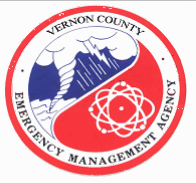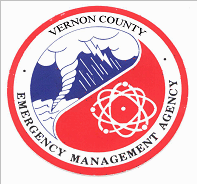Missouri Winter Weather Awareness Day Is Wednesday, November 15, 2017
The National Weather Service (NWS) along with the Missouri Department of Public Safety (DPS), Missouri State Emergency Management Agency (SEMA), the Department of Health and Senior Services (DHSS), the Missouri Highway Patrol (MHP), and the State Fire Marshal, has designated November 15, 2017 as Winter Weather Awareness Day for the state of Missouri. Winter storms and cold temperatures can be extremely dangerous. We urge people to use this day to review the hazards and safety rules of winter weather so they are prepared for the upcoming winter season.
Winter Precipitation
Snow
Cloud temperature is cold enough
for snow to form and the air above
the ground does not melt it.
Flurries: Light snow falling for
short durations. No accumulation.
Showers: Snow falling at varying
intensities for brief periods of time.
Some accumulation is possible.
Blowing Snow: Wind driven snow
that reduces visibility and causes
significant drifting. Blowing snow
is mostly loose snow on the ground
that is picked up by the wind.
Blizzard: Winds at least 35 mph
with snow and blowing snow
reducing visibility to ¼ mile or less.
SLEET
Rain drops that freeze into ice
pellets before reaching the ground.
Sleet usually bounces when hitting a
surface and does not stick to
objects. However, it can accumulate
like snow and cause a hazard to
motorist. A ½ inch of sleet
accumulation can be a serious
hazard.
FREEZING RAIN
Rain that falls onto a surface with a
temperature below freezing. This
causes it to freeze to surfaces, such
as trees, cars, and roads, forming a
coating or glaze of ice. Even small
accumulations of ice can cause a
significant hazard.
General Winter Safety
In the Home
• Keep ahead of advancing winter weather by listening to NOAA Weather Radio, the
commercial media, or by visiting the NWS on the Internet.
weather.gov
weather.gov/stlouis
• An ice storm will take down power lines knocking out electricity. Check battery powered equipment before the storm arrives.
• Check your food and stock an extra supply. Include food that requires no cooking in case of power failure. If there are infants or people who need special medication at home, make sure you have a supply of the proper food and medicine. Make sure pets and
animals have shelter and a water supply.
• If appropriate, check your supply of heating fuel. Fuel carriers may not be able to reach you due to closed roads.
• Be careful when using fireplace, stoves, or space heaters. Proper ventilation is essential to avoid a deadly build-up of carbon monoxide. Don't use charcoal inside as it gives off large amounts of carbon monoxide. Keep flammable material away from space heaters and do not overload electric circuits.
• Dress for the conditions when outdoors. Wear several layers of light-weight, warn
clothing: layers can be removed to prevent perspiring and subsequent chill. Outer
garments should be tightly woven, waterproof and hooded. For the hands, mittens, snub
at the wrists, offer better protection than fingered gloves.
• Don't kill yourself shoveling snow. It is extremely hard work for anyone in less than
prime physical condition. It can bring on a heart attack, a major cause of death during and after winter storms.


